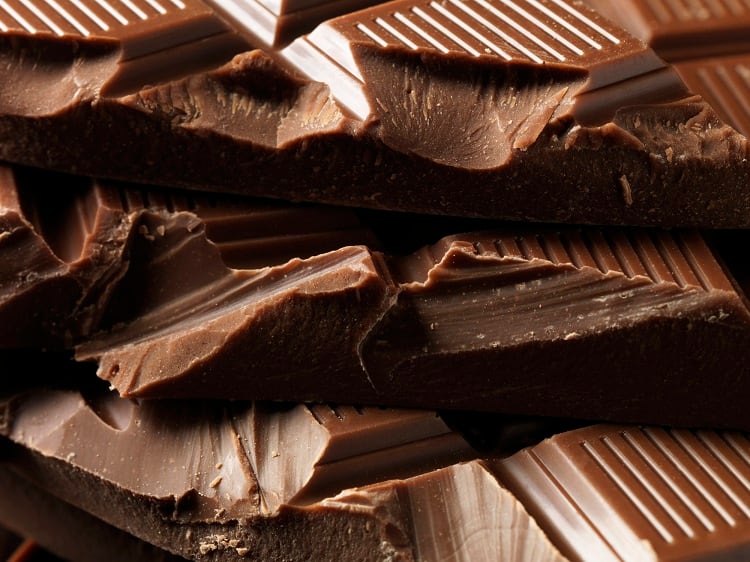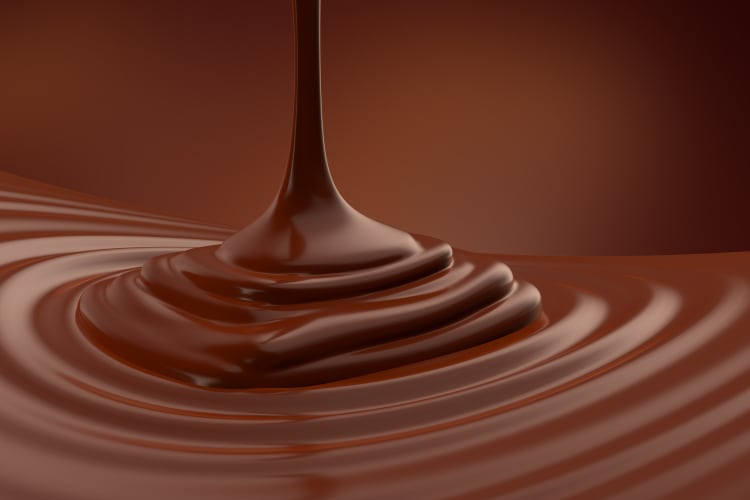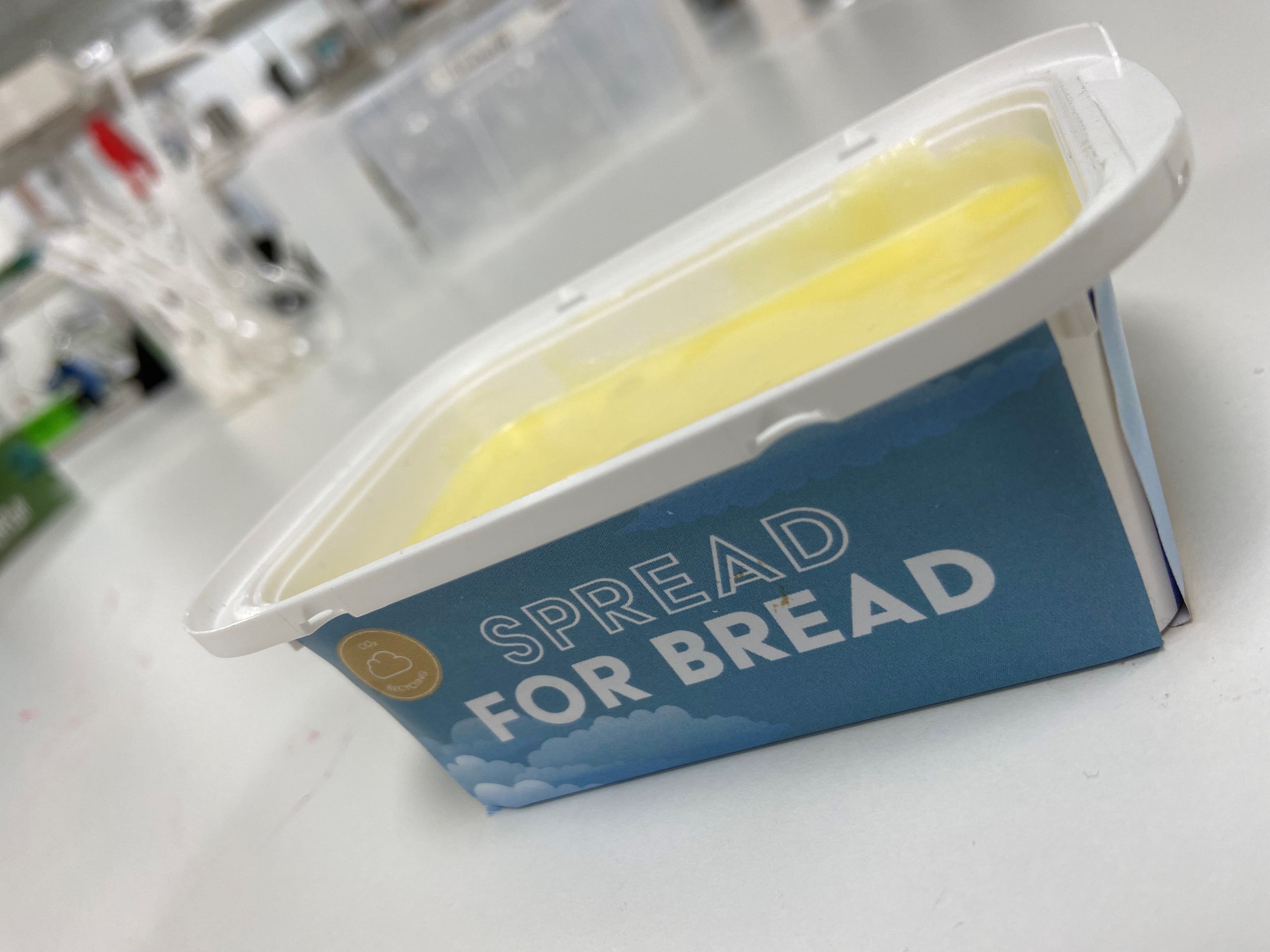Cocoa, palm oil, and coconut oil are amongst the most popular ingredients within confectionery. Yet all three – grown in biodiverse regions along the equator – are associated with deforestation. Production is responsible for an estimated 500 megatons of CO2 emissions per year.
Demand is not abating. Is has been estimated that close to 5 million tonnes of cocoa are produced globally each year – three quarters of which are produced in Africa. According to Fortune Business Insights, the global cocoa and chocolate market is projected to grow from its current value of $48.29bn to $67.99bn by 2029, at a healthy CAGR of 4.98%.
German start-up Planet A Foods wants to substitute tropical ingredients with locally grown and produced alternatives, starting with cocoa.
Co-founder and CEO Dr Maximilian Marquart – who started Planet A Foods with sister and CTO Sara Marquart – admits the ambition is ‘big’. But it doesn’t come from an anti-chocolate position. “Currently, the cocoa supply chain is overstressed. We need 5 million tons per year to supply global demand, and if you consider climate change, what needs to happen to supply those 5m tonnes?”
It could well lead to more deforestation in the short-term, and eventually, a potential cocoa shortage.
Planet A Foods aims to build a ‘second pillar’ to support the cocoa supply chain and take a ‘bit of the load off’ with 100% cocoa-free chocolate, explained Dr Marquart.
Cocoa-free powder, butter, and chocolate mass
How does one make cocoa-free chocolate? The Munich-based start-up has developed a fermentation process which converts side streams and ingredients grown in Germany and the Global North into ‘higher valued’ ingredients such as palm oil and cocoa alternatives.
“We are starting with cocoa and chocolate,” the co-founder elaborated. “If climate change hits hard, cocoa supply will diminish. Besides the sustainability aspect, there is also the supply chain risk aspect we want to solve. That’s why we’re starting with cocoa and chocolate in the beginning, and then moving onto palm oil and coconut oil later.”
Planet A Foods is working on two cocoa-free ingredients: one cocoa powder substitute, and another cocoa butter substitute.
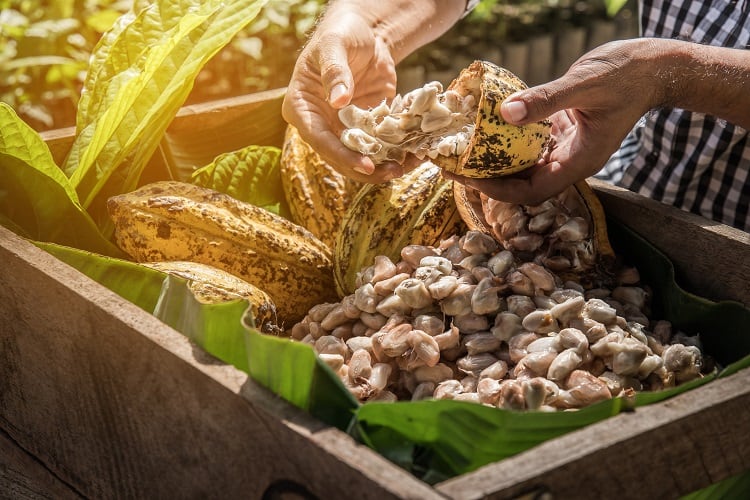
The prominent ingredient in the cocoa powder substitute is oats. “We ferment and roast oats in a special way. That’s a proprietary technology that my sister Sara developed,” explained Dr Marquart. “She has developed technology that converts oats into something that tastes like cocoa.”
The other ingredient, designed to replace cocoa butter, leverages precision fermentation technology.
Precision fermentation enables microorganisms, such as yeast, to produce complex organic molecules. Planet A is leveraging side streams from industry – for example, molasses from the sugar beet sector – to feed an oleaginous yeast strain capable of producing a cocoa butter equivalent.
Mixing these two ingredients together, the cocoa powder and cocoa butter alternatives, can produce a cocoa-free chocolate, the CEO explained.
Dark chocolate and white chocolate alternatives are also in the pipeline.
Introducing Nocoa
Planet A Foods’ cocoa butter substitute is a novel food, and as such, will require regulatory approval prior to commercialisation. The first market in its sites for Nocoa Butter is the US, and for Nocoa Concentrate, the EU.
In the meantime, the start-up has its first product line on the market: Nocoa. One product behaves in a similar way to conventional chocolate mass and is the ‘world’s first’ cocoa-free chocolate, we were told. It is developed from Planet A’s cocoa powder substitute.
The start-up has also developed a cocoa concentrate alternative, coined Nocoa Concentrate, in powder form for use in applications including drinks and ice cream. This too is based on Planet A’s oat fermentation technology. “The Nocoa Concentrate is at the technology-readiness level where we are scaling it up already,” the co-founder explained. “We will be able to produce several hundred kilograms per hour by the end of the year.”
Nocoa Concentrate is already on the market via B2B partnerships with foodservice operators predominantly in the ice cream category. B2B is the start-up’s preferred route to market, the co-founder explained.
“Our aim is to provide high value ingredients to confectionery companies such as Mars, Nestlé, and Mondelēz. From a business model perspective, you could eventually compare us to Barry Callebaut or Cargill.”
Planet A Foods is also working on an application with a third-party provider to combine its Nocoa concentrate with plant-based fats to help ‘bridge the gap’ while Nocoa butter achieves regulatory approval. As it stands, the start-up can produce several kilograms of Nocoa butter per batch and is ‘still scaling up’.
The chocolate comparison: taste, nutrition, sustainability
In building a ‘second pillar’ to the cocoa supply chain, the start-up claims to be offering a product that works ‘perfectly’ in applications from cookies to M&M’s and chocolate bars.
But does it truly taste like chocolate? “Yes, it tastes like milk chocolate. It’s really good,” responded the co-founder. “We already have sensory proof: a taste panel conducted with experts from the Fraunhofer Institute tested Nocoa in comparison with conventional milk chocolate in a Snickers-like bar…They couldn’t taste the difference.”
Planet A Foods is now working with external sensory houses to help evaluate and quantify the sensory experience. “The difference between conventional milk chocolate and Nocoa are diminishingly small. Could a consumer taste the difference in a product within which Nocoa is just one of many ingredients? It is extremely unlikely.”
In terms of mouthfeel, Nocoa is comparable with ‘most’ vegan chocolates on the market, and from a meltability perspective, the start-up is similarly mimicking chocolate’s characteristics.
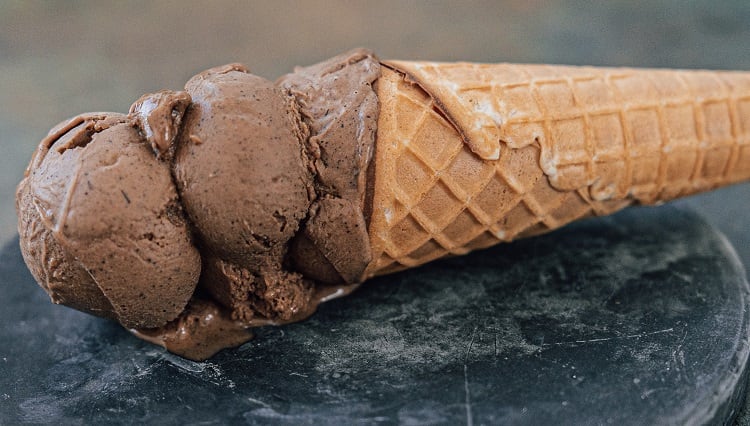
As to Nocoa’s nutritional profile, it too is similar to that of chocolate. “If you want to deliver on taste, flavour, melt and mouthfeel, you need to maintain a similar composition in terms of fat vs powder,” explained the co-founder.
Calorie content is also similar, while sugar content in Nocoa is reduced. One of the added benefits of using oats, Dr Marquart explained, lies is its natural sweetness. “That’s why, on a baseline, we’re using 30% less sugar in our products.”
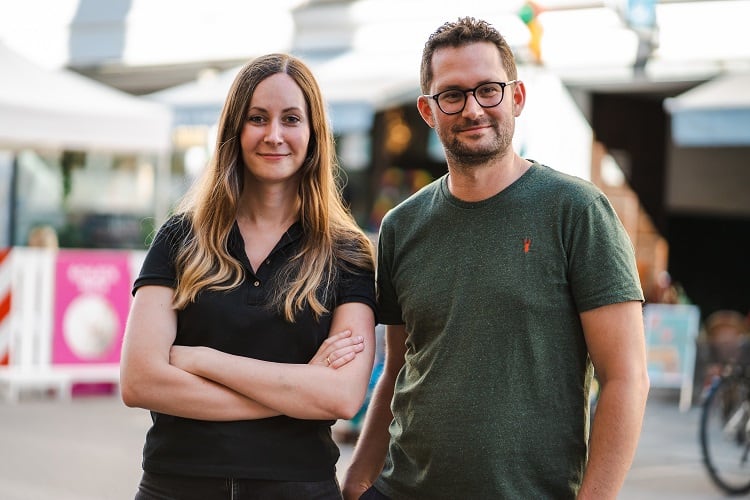
Calculating the environmental footprint of Planet A Foods’ alt chocolate is dependent on the plant fats it selects in the short-term. In very general terms, the carbon footprint of chocolate is between 4kg and 45kg CO2e per kg product.
Planet A Foods wants to deliver a product with a footprint of under 2kg CO2e per kg product and has partnered with CarbonCloud to help calculate its footprint in due course.


